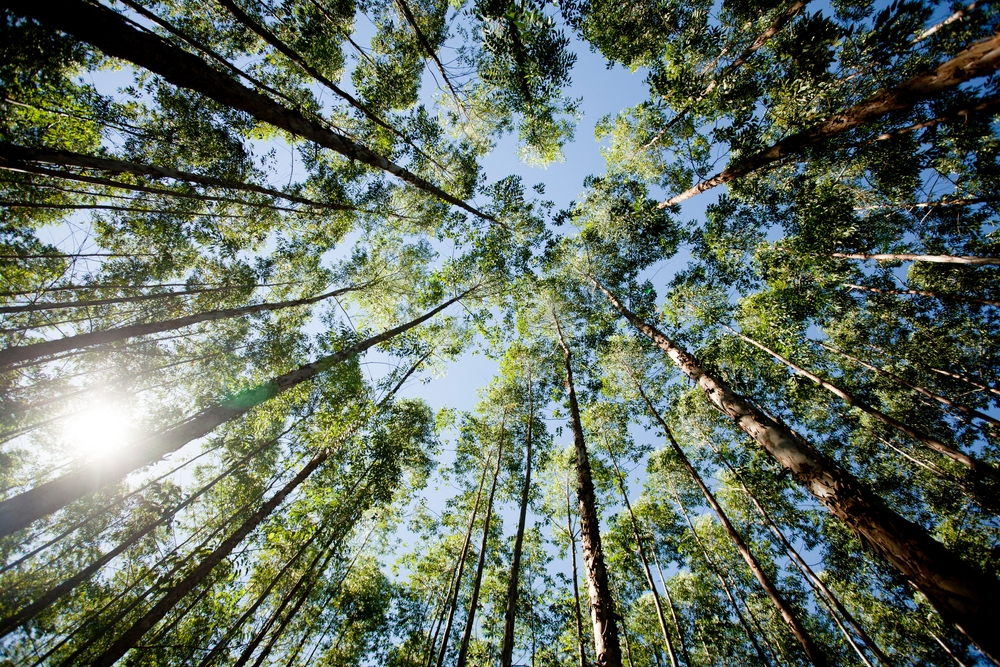A simple mantra for mitigating the climate crisis is increasingly heard around the world: plant more trees. Forests are our largest terrestrial sinks for carbon dioxide, the primary greenhouse gas driving global warming. In 2018, the United Nations’ Intergovernmental Panel on Climate Change said that significant afforestation could contribute to efforts to limit the global average temperature rise to 1.5 degrees Celsius. This would require hundreds of millions of hectares of new trees.
South America is one of the world’s leading regions in plantation forestry, with the second largest area of tree plantations in the world after Asia. But even though South America accounts for 15 percent of the world’s 131 million hectares of tree plantations, they have not helped solve the region’s deforestation problems, nor have they proven to be very effective in reducing greenhouse gas emissions.
This is because South America’s tree plantations are almost exclusively industrial, and in most cases are based on pine or eucalyptus monocultures. These plantations consist of a single species growing over a large area, accelerated by the use of fertilizers and pesticides.
Monocultures do not promote biodiversity, which limits their ability to sequester carbon. Such practices promote soil degradation and destroy naturally occurring native vegetation.
“These monocultures do not sequester carbon in the same way as natural secondary forests,” explains Carlos Nobre, an earth system scientist at the University of São Paulo’s Institute of Advanced Studies and a leading researcher on forestry issues in Brazil. “They can remove some [carbon], but they don’t promote biodiversity because they are exotic species.”
Millions of hectares of exotic species
In South America, 97 percent of forest plantations are made up of exotic, introduced species — mainly pine and eucalyptus — used primarily for timber and pulp, respectively.
Brazil, Argentina, Uruguay, and Chile are home to some of the largest plantations in the region, and over the past century all four countries have introduced these species to develop their paper and timber industries, aided by government subsidies and initiatives to promote their use.
Mauricio Aguilera, a forestry engineer from Chile, tells Diálogo Chino that in his country, tree plantations were created to combat erosion caused by agriculture and the burning of native vegetation before 1950. This evolved into industrialized production, mainly of pine and eucalyptus.
Similar processes took place in other countries, experts told Diálogo Chino, with plantations often...


 Search
Search










































